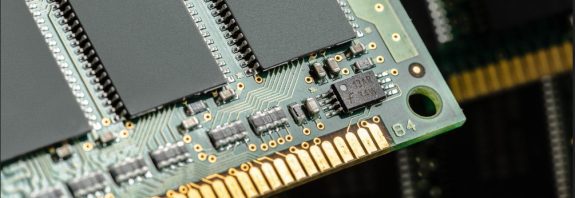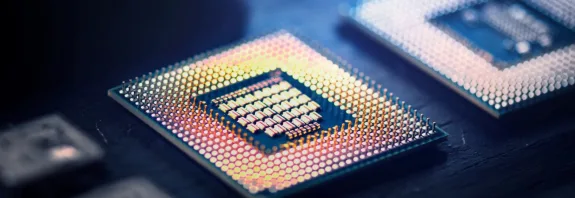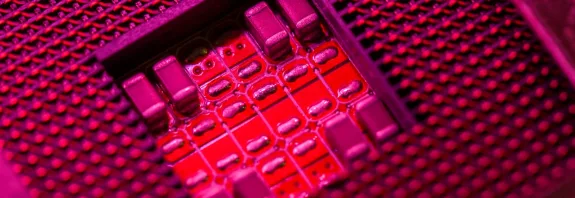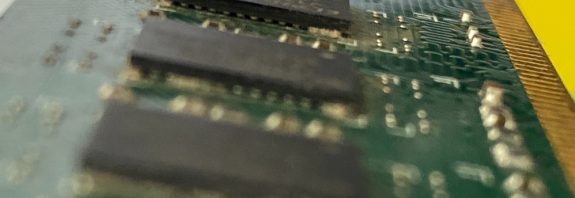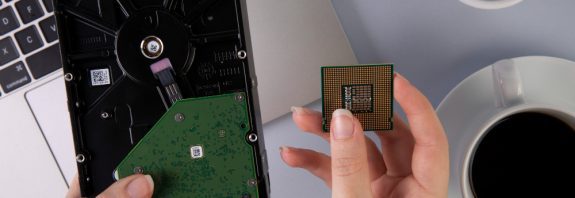Difference Between SR and DR Memory Modules

With rapid tech growth, modern systems need faster, more efficient memory for high performance. SR and DR memory in DDR4 and DDR5 are key generations of RAM. Each has unique traits worth exploring. This article explains the difference between Single Rank (SR) and Dual Rank (DR) modules in DDR4 and DDR5.
Key Technical Specs of DDR4 and DDR5
DDR4:
Data rate: DDR4 offers speeds from DDR4-2133 to DDR4-4800 and beyond.
Capacity: DDR4 modules range from 4 GB to 128 GB each.
Voltage: It typically runs at 1.2 volts.
DDR5:
Data rate: DDR5 boosts speeds starting at DDR5-4800, reaching DDR5-8400 or higher.
Capacity: DDR5 supports 8 GB to 128 GB per module and more.
Voltage: DDR5 uses 1.1 volts, cutting power use further.
Single Rank (SR) vs. Dual Rank (DR) Modules
Differ in chip layout. For example, 8 GB could be four 2-GB chips. Or, it’s split as (2+2) + (2+2). DR lets you access one (2+2) block, then the next. Data bus limits simultaneous access, though. Still, this speeds up memory tasks by 3-6%. That’s big if you’re maxed out on SR frequency. Upgrading to DR can help then. Some memory even has more than two ranks.
Single Rank (SR):
Ranks: SR has one memory rank.
Bandwidth: It offers less bandwidth than DR. Useful for resource-light scenarios, though.
Dual Rank (DR):
Ranks: DR features two memory ranks. More capacity fits on one module.
Bandwidth: DR boosts bandwidth, especially for multi-access tasks.
Pros and Cons of DDR4 and DDR5 SR/DR Modules
DDR4:
SR Pros: Budget-friendly option. Great for low-cost capacity needs.
DR Pros: More capacity per module. Better bandwidth for parallel-heavy tasks.
DDR5:
SR Pros: Saves power with lower voltage. Faster data rates than DDR4 SR.
DR Pros: Higher capacity and bandwidth per module. Ideal for high-performance, data-heavy jobs.
Added Insight:
Mixing SR and DR can work but may slow performance. Matching ranks is best for stability.
Conclusion
Choosing between SR and DR in DDR4 or DDR5 depends on user needs. SR suits most basic uses well. DR shines in high-performance systems with heavy multitasking. DDR5’s speed and efficiency push memory tech forward. It unlocks new potential for advanced computing.


